Go paperless! What do you do if you are in the business of making wallpaper?
- Science-by-Trianon

- Mar 14, 2021
- 3 min read
Updated: Apr 10, 2021
GO PAPERLESS!, is what you read in practically every little article giving advice on how to go green (and, yes, we admit it, we ourselves have written that too).
Going paperless is fine and dandy but what do you do if you are in the business of making wallpaper?

Rolls of wallpaper
This question brings us to the more general topic of the Circular Economy on the one hand and single-use products on the other.
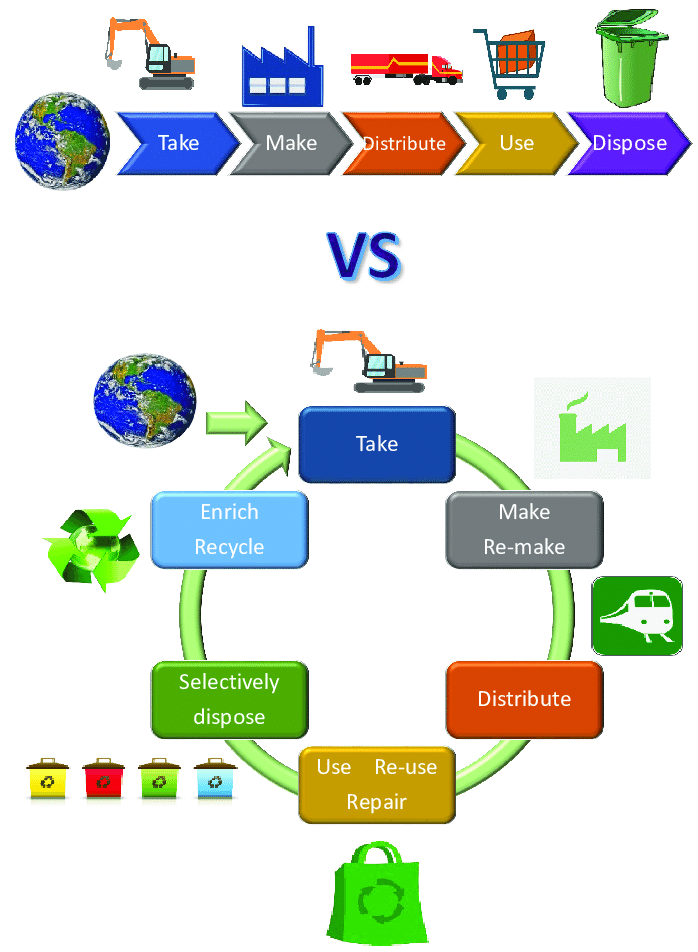
By now, everybody and his/her dog knows that you have to recycle things because it saves the very resources we are using at all too fast a pace.
Glass bottles, paper, old batteries, lightbulbs... practically everything is collected and ferried off to some recycling plant (we hope!), however, there are many products we do not think of when it comes to recycling, yet in their production we use many resources (starting materials, solvents, energy, water, etc.).

The building industry is particularly rich in single use products.
This is chiefly because of the longevity of their products, i.e. entire houses, but also interior installations.
Could the building industry make increased use of recycled and/or recyclable products?
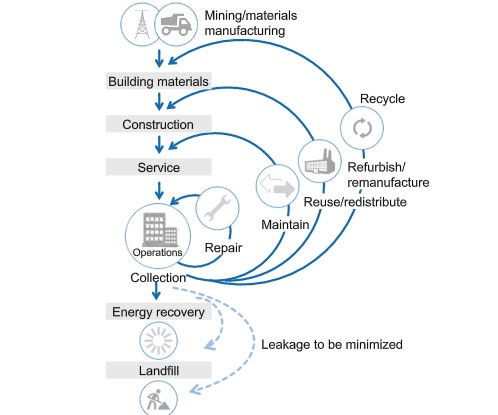
Yes, they could.
One example is thermal insulation.
There have been umpteen government grant schemes for house owners to improve the thermal insulation of their houses in order to reduce the carbon footprint of heating said houses.
In practice, that meant that some building company came and glued polymer-panels on the walls of the building.
This is not a very good idea because:
- the polymers are generally made from oil, and
- they are not fire resistant (cf. The Grenfell disaster).[1]
An alternative to polymer-panels is mineral wool,[2] though this too has got problems associated with it.
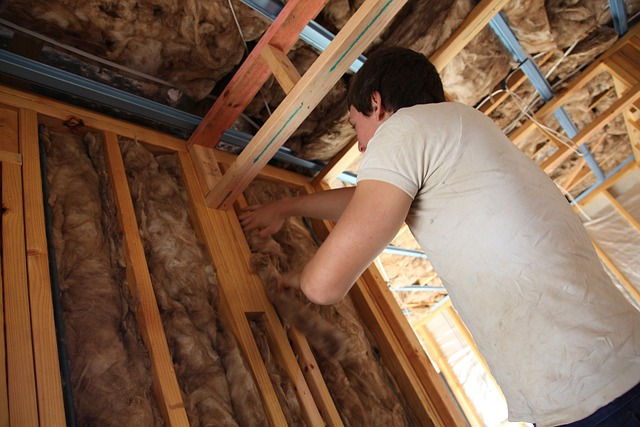
Mineral wool
While it offers very good thermal insulation its production is very energy intensive.
Suitable minerals are molten (at around 1600 °C) and air is blown through the melt.
This results in fine fibres of rock (a bit like candy floss) which are then pressed into mats.
In addition to the energy required for its production, this material is a pain to work with because its dust irritates the skin which results in itching (something one of the author of this article can attest to from own experience).
A third alternative are aerogels.[3]

They offer supreme thermal insulation, however, they are quite expensive and (at least in the intermediate future) only suitable for specialist applications.
A green alternative to these two materials are sea-grass balls, aka tumble-weed.
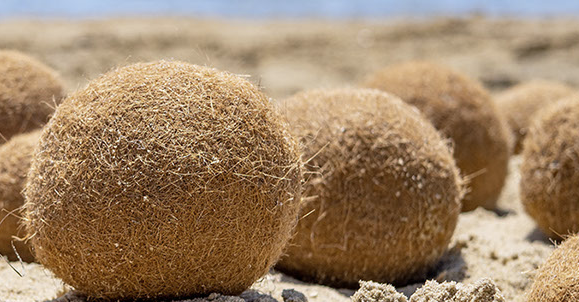
Sea grass balls
A German company has made it their business to collect this material and make it into insulation material for the building industry.
They point out that their material is as green as can possibly be: It is a waste product from nature (which is to say that it is not 'grown').
It requires neither irrigation, nor fertilisation, nor pest control measures, and and it does not compete for farming land otherwise used for food production).
Nothing is added to it, it is not chemically treated in any way, and yet it is resistant to fire and mould. At its end-of-life it can just be ploughed under in the garden.
It doesn't get much greener than that.[4]
Whether there is enough tumble-weed around for the entire building industry is another matter, but every little helps.
Another green alternative is to use textile waste as thermal and acoustic insulators.[5,6]
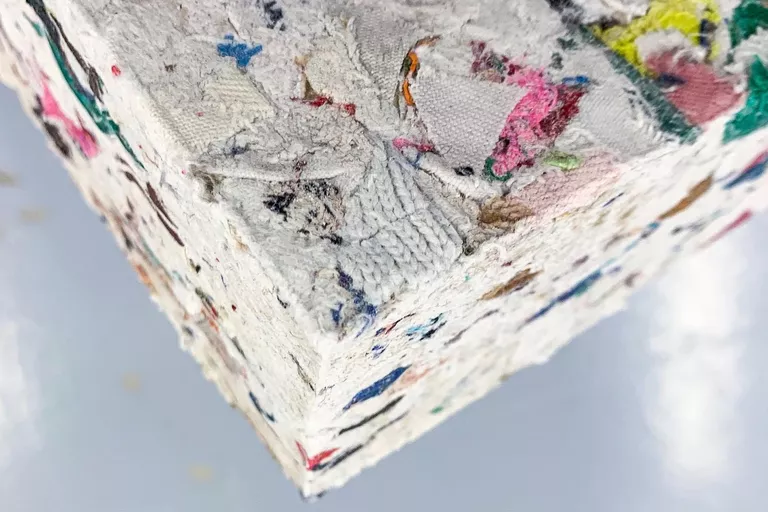
Knowing that the textile industry is one of the most waste generators of the planet, this is definitely an application which has potential.
To know more about that subject, read our article "the textile industry, the circular economy and us"
Bringing this (admittedly brief) look into greener building materials to a close we return to our introductory question concerning wallpaper.
Go paperless! What do you do if you are in the business of making wallpaper?
Here too things are moving.
For instance, a group of students at the university of Hannover is developing paper from obtained as by-product of pineapple harvest in Costa Rica and they are in collaboration with a manufacturer of wallpapers already.[7]
And finally, if you would like a fancy wallpaper but don't want to settle one single design for the next couple of years (until the next major home renovation), LED-wallpapers might just be the thing for you! [8]
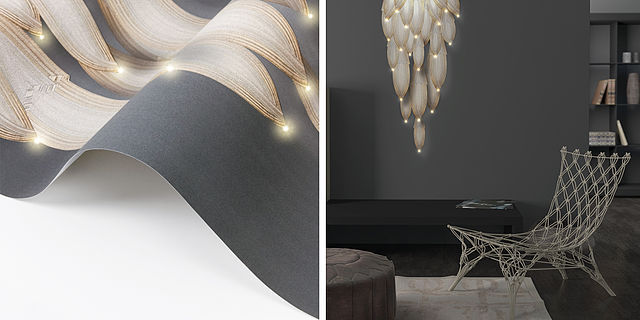
01) https://en.wikipedia.org/wiki/Grenfell_Tower_fire, last accessed 2021.03.09
02) https://en.wikipedia.org/wiki/Mineral_wool, last accessed 2021.03.09
03) https://en.wikipedia.org/wiki/Aerogel, last accessed 2021.03.10
04) https://neptugmbh.de/index.html, last accessed 2021.03.09
thermal_insulation_building_material_solution, last accessed 2021.03.09
06) https://www.fab-brick.com, last accessed 2021.03.09
07) https://www.zdf.de/gesellschaft/plan-b/plan-b-mit-der-kraft-der-natur-100.html, last accessed 2021.03.09
08) https://en.wikipedia.org/wiki/LED_wallpaper, last accessed 2021.03.09




Comments